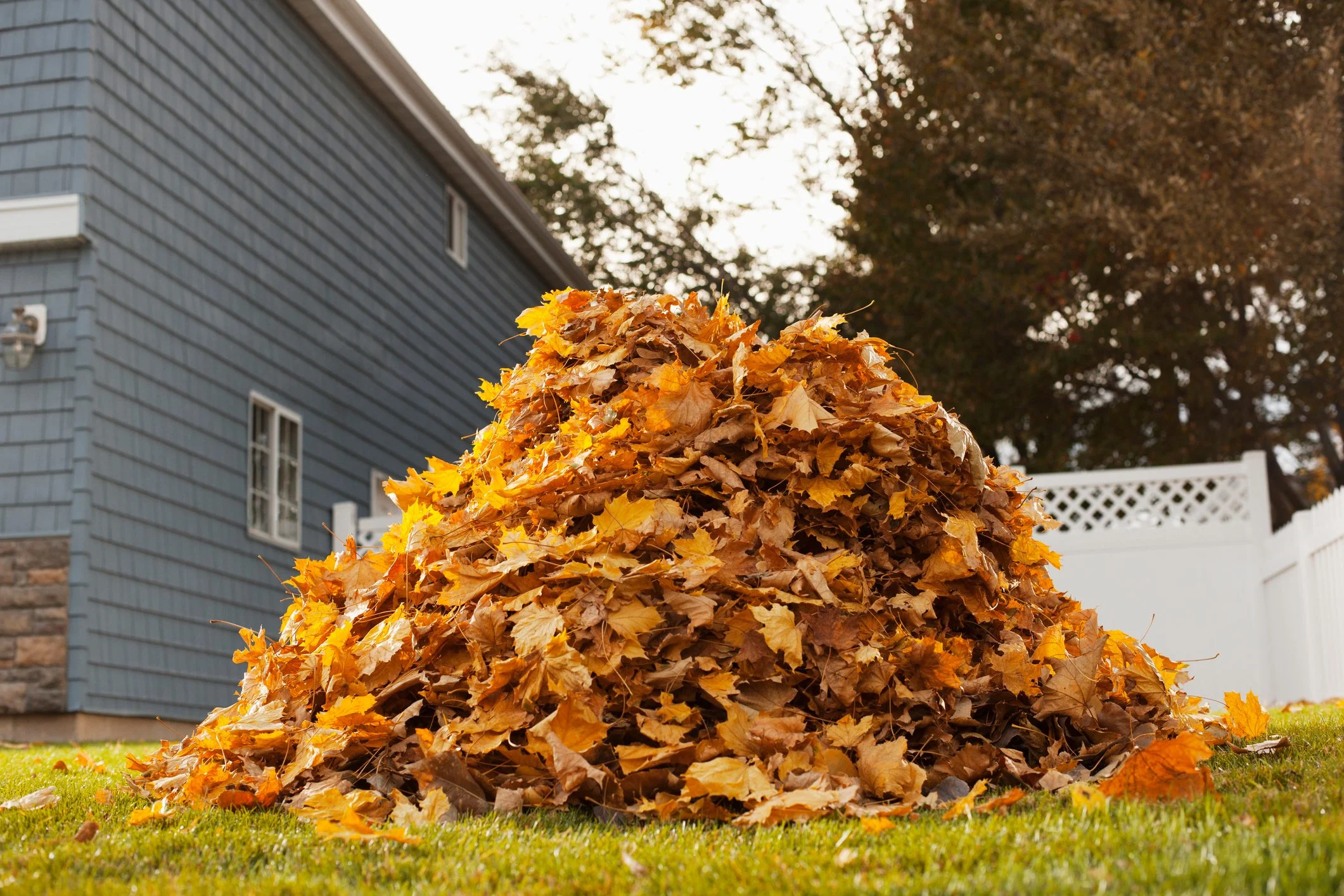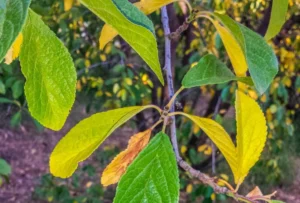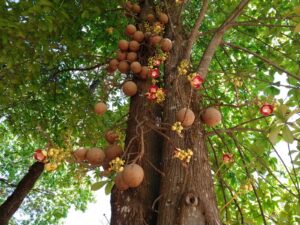As autumn blankets the ground with a layer of dry leaves, homeowners and gardeners face the challenge of managing this seasonal abundance. While many consider fallen leaves a nuisance, they are actually a valuable resource with numerous practical and ecological benefits. According to horticulturist Dr. Susan Carter, “Dry leaves are nature’s gift to your garden. By reusing and repurposing them, you can enrich your soil, support local ecosystems, and reduce waste effectively.”
Transforming Dry Leaves into Nutrient-Rich Compost
One of the best ways to reuse dry leaves is by turning them into compost. Leaves are rich in carbon, an essential component of compost that balances nitrogen-rich materials like grass clippings and kitchen scraps.
To create compost:
- Shred the Leaves: Use a mulching mower or a leaf shredder to break them into smaller pieces, which decompose faster.
- Layer Strategically: Alternate layers of shredded leaves with green waste, such as vegetable scraps and grass clippings.
- Aerate Regularly: Turn the pile every few weeks to ensure proper airflow and decomposition.
Dr. Carter advises, “Patience is key when composting. It takes a few months for the leaves to break down fully, but the resulting compost will greatly benefit your garden soil.”
Using Leaves as Mulch
Dry leaves make an excellent natural mulch, helping to retain soil moisture, regulate temperature, and suppress weeds. Spread a 2- to 3-inch layer of shredded leaves around the base of plants, shrubs, and trees. This not only improves soil quality as the leaves break down but also reduces the need for chemical fertilizers.
For flower beds and vegetable gardens, finely shredded leaves work best. Avoid using whole leaves, as they can mat together and restrict airflow.
Building Leaf Mold for Soil Enrichment
Leaf mold is another excellent way to repurpose dry leaves. Unlike compost, leaf mold is made solely from leaves and is created through fungal decomposition. The result is a dark, crumbly material that improves soil structure and water retention.
To make leaf mold:
- Collect leaves in a large pile or mesh bag.
- Keep them moist and turn them occasionally.
- Allow them to decompose for six months to a year.
“Leaf mold is particularly beneficial for sandy soils, as it enhances their ability to retain water and nutrients,” notes Dr. Carter.
Crafting Decorative and Functional Items
Dry leaves are not just for gardening; they can also be used for creative projects. Here are some ideas:
- Seasonal Decorations: Use colorful leaves to create wreaths, garlands, or table centerpieces.
- DIY Fire Starters: Combine dry leaves with wax to make eco-friendly fire starters for fireplaces or camping trips.
- Natural Packaging: Shredded leaves can serve as a sustainable alternative to packing materials.
Engaging in these crafts not only reduces waste but also brings a touch of nature into your home.
Supporting Local Wildlife
Dry leaves play a crucial role in supporting biodiversity. By leaving some leaves in undisturbed corners of your yard, you provide habitat and insulation for insects, amphibians, and small mammals during winter.
Dr. Carter explains, “Leaf piles are vital for the survival of pollinators and other beneficial creatures. They create a safe space for overwintering and contribute to a thriving ecosystem in your garden.”
Sustainable Disposal Options
If you have more leaves than you can repurpose, consider eco-friendly disposal methods. Many communities offer leaf collection and composting programs. Alternatively, you can donate excess leaves to local farms or community gardens for mulching and soil enrichment.
Avoid burning leaves, as it releases harmful pollutants into the air. Instead, embrace sustainable practices that benefit both your garden and the environment.
Common Mistakes to Avoid
When reusing dry leaves, be mindful of these common errors:
- Ignoring Shredding: Whole leaves decompose slowly and can form a dense mat, restricting airflow and water penetration.
- Overloading Compost: Adding too many leaves without balancing with green materials can slow the decomposition process.
- Burning Leaves: This practice not only harms air quality but also wastes a valuable resource.
By avoiding these mistakes, you can maximize the benefits of dry leaves and minimize their impact on the environment.
Conclusion
Dry leaves are far more than seasonal debris; they’re a versatile resource with countless uses. From enriching soil to creating wildlife habitats and inspiring creative projects, their potential is vast. Following expert advice from Dr. Carter and embracing sustainable practices, you can turn this autumn byproduct into an asset for your home and garden.
References
- Carter, Susan. Interview on Sustainable Gardening. Green Earth Institute, 2025.
- Arbor Day Foundation. “Benefits of Mulching with Leaves.” Retrieved January 2025, from www.arborday.org.
- United States Environmental Protection Agency. “Composting Basics.” Accessed January 2025, from www.epa.gov.
- Smith, Jane. “The Role of Leaf Litter in Ecosystems.” Journal of Environmental Science, 2023.






